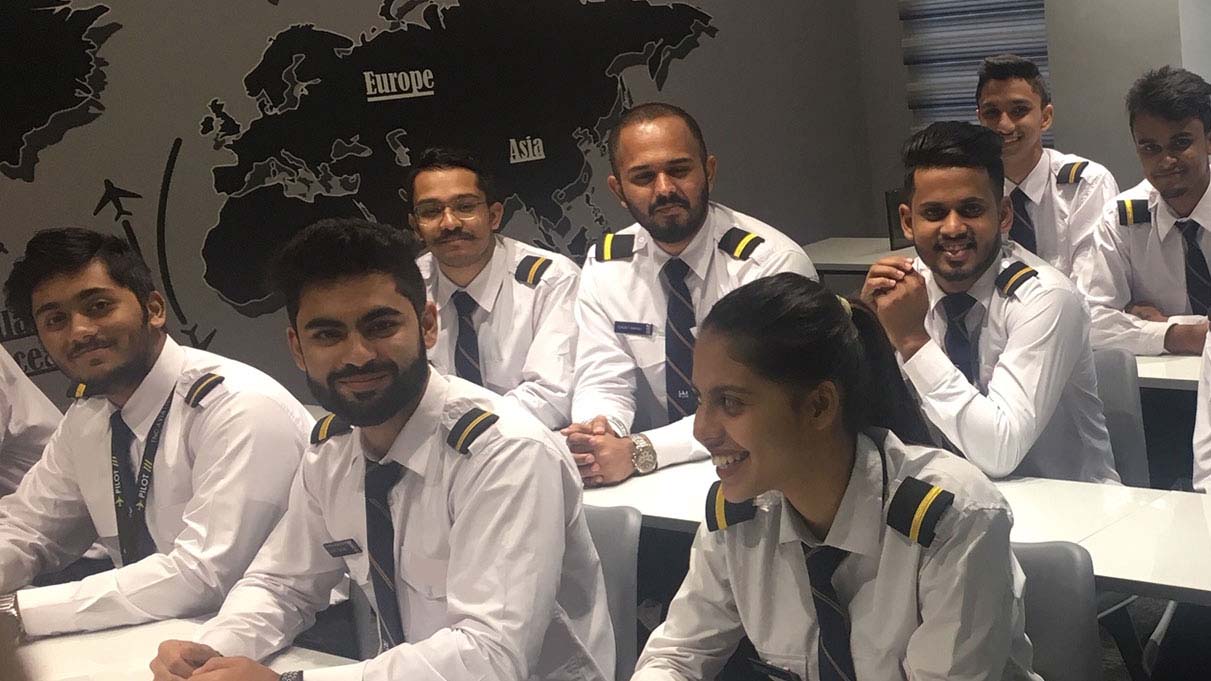
Pilot Exams in Delhi
Pilot Exams: A Comprehensive Guide
Table of Contents
ToggleBecoming a licensed pilot involves passing a series of rigorous exams and assessments, which test both theoretical knowledge and practical flying skills. Below is a comprehensive overview of the various exams required for different types of pilot licenses, including Private Pilot License (PPL) and Commercial Pilot License (CPL).
1. Private Pilot License (PPL) Exam
The PPL allows you to fly for recreational purposes but not for commercial gains. To earn a PPL, you must pass both theoretical and practical exams.
- Eligibility: Minimum age of 17, basic educational qualifications (10+2 with Physics and Mathematics), and a medical fitness certificate.
Theoretical Subjects:
- Air Regulations: Covers aviation laws and regulations governing the operation of aircraft.
- Air Navigation: Focuses on flight planning, understanding of maps, and navigation techniques.
- Meteorology: Knowledge of weather patterns, interpretation of weather forecasts, and their effects on flight safety.
- Aircraft & Engines: Understanding aircraft components, systems, and engines.
- Human Performance & Limitations: Explains how the human body responds to the flying environment (e.g., fatigue, altitude effects).
Practical Exam:
- After completing the required flying hours (usually 40 to 50 hours), candidates must pass a practical flying test with an examiner. This test covers various flight maneuvers, emergency procedures, and overall flying competency.
2. Commercial Pilot License (CPL) Exam
The CPL allows you to fly aircraft for commercial purposes, such as transporting passengers or cargo for compensation.
- Eligibility: Minimum age of 18, 10+2 in Physics and Mathematics, and successful completion of PPL.
Theoretical Subjects:
The CPL exam covers more advanced topics compared to PPL:
- Air Regulations: More comprehensive coverage of international aviation laws, treaties, and regulatory bodies like ICAO and DGCA.
- Air Navigation: Advanced navigation techniques, flight planning, and use of navigation equipment.
- Meteorology: Detailed understanding of atmospheric conditions, weather maps, and their impact on long-haul flights.
- Aircraft & Engines: In-depth knowledge of complex aircraft systems, engines, and performance criteria.
- Radio Telephony: Proficiency in using aviation communication systems and terminology.
- Flight Instruments: Understanding how flight instruments work and their role in ensuring safe flight operations.
Practical Exam:
- The practical test requires a minimum of 200 flight hours. Candidates are tested on advanced flight maneuvers, night flying, navigation, and instrument flying under real-world conditions.
3. Instrument Rating (IR) Exam
The Instrument Rating is an add-on qualification to a PPL or CPL, enabling a pilot to fly in poor weather conditions using only instruments.
Theoretical Subjects:
- Flight Instruments: Detailed knowledge of instruments used in aircraft for navigating without visual references.
- Meteorology: Understanding how to fly in poor weather, such as fog, clouds, and storms.
- Instrument Flight Rules (IFR): Rules for flying under instrument conditions.
Practical Exam:
- The practical test requires a specific number of hours flying under IFR conditions, where candidates demonstrate their ability to operate an aircraft solely by relying on instruments.
4. Airline Transport Pilot License (ATPL) Exam
The ATPL is the highest level of certification for pilots, allowing them to act as Pilot-in-Command on commercial airlines.
Theoretical Subjects:
- Advanced Navigation: Covers global navigation techniques, advanced use of avionics, and satellite navigation.
- Aircraft Systems: Detailed knowledge of large aircraft systems, including hydraulic, electrical, and fuel systems.
- Performance & Planning: Calculations related to aircraft performance, fuel management, and flight planning for long-haul flights.
- Meteorology: Mastering global weather patterns, jet streams, and high-altitude weather effects.
- Airline Operations: Understanding the structure, operations, and management of commercial airlines.
Practical Exam:
- The practical flying test involves handling large, multi-engine aircraft and demonstrating advanced flying skills, including emergency handling and complex navigation.
5. Radio Telephony Restricted (RTR) Exam
This exam is mandatory for pilots to communicate with air traffic control and other aircraft using radio systems.
Exam Components:
- Written Test: Covers radio communication procedures, rules, and relevant aviation laws.
- Oral Test: Tests the candidate’s ability to effectively communicate using radio telephony in different scenarios, such as emergencies, landing, and take-off.
Preparing for Pilot Exams:
- Ground School: Enroll in an accredited flight school or aviation academy to prepare for theoretical exams.
- Flight Training: Accumulate flying hours and practical experience with a certified flight instructor.
- Mock Tests: Practice using mock exams and question banks for better exam preparation.
- Medical Fitness: Ensure you meet the medical fitness standards for each type of license.
Our Courses
Our Pages
Our Blogs
Your Guide On How to Become a Pilot | Different types of Pilot Licences and Ratings | Mastering the Virtual Skies with We One Aviation’s Flight Simulator | Best DGCA Classes | Best Flight Training Institute for Aspiring Pilots | The JRD Tata Scholorship for Pilot Training | Best Pilot Training Institute in India

